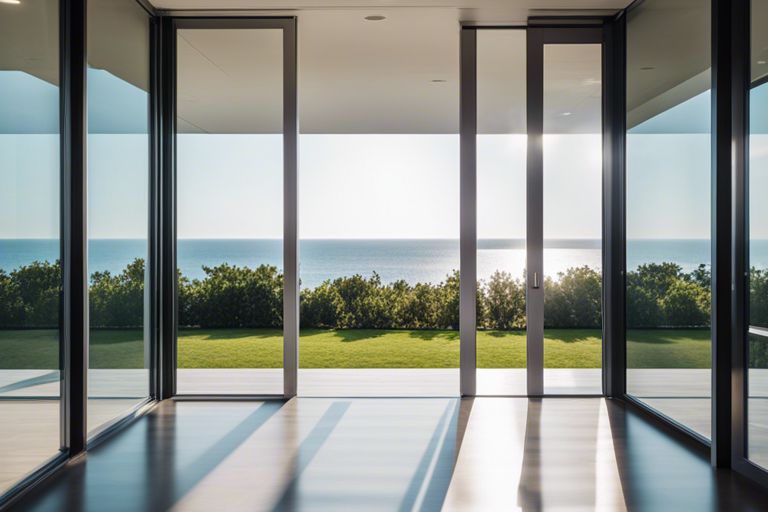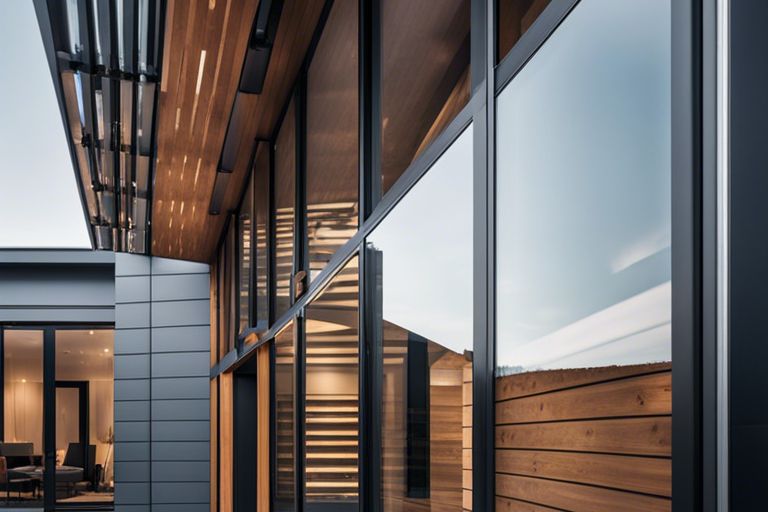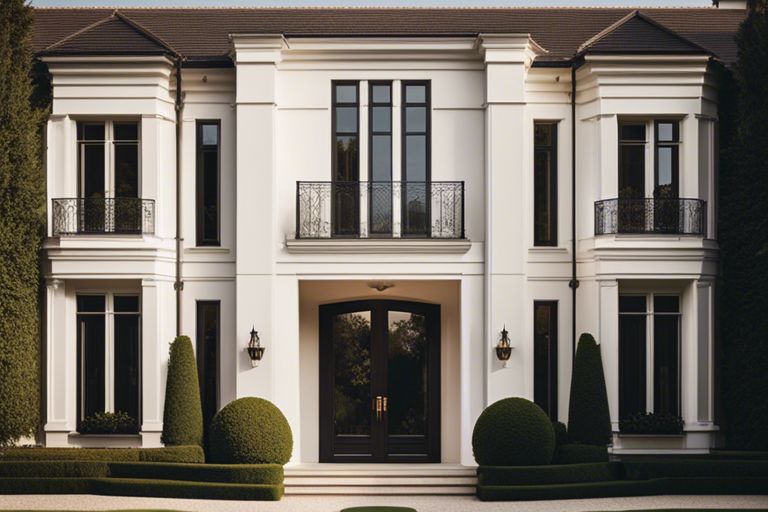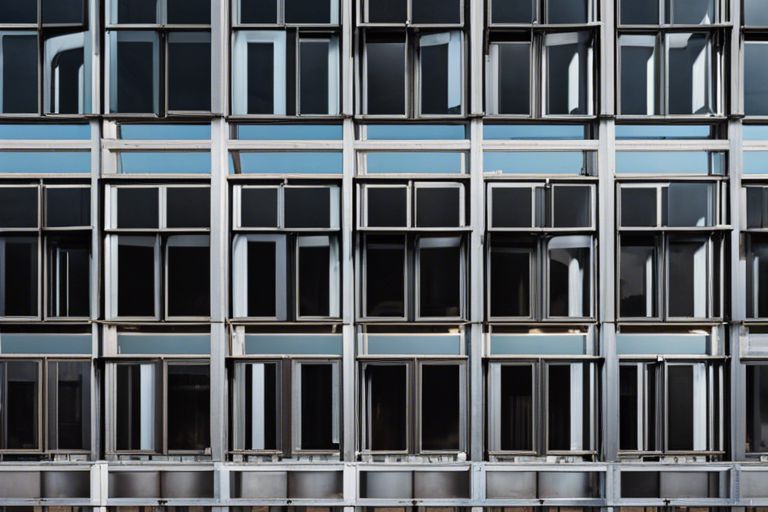When it comes to architectural design, roof-to-curtain wall detailing is a critical aspect that requires meticulous attention. This connection point between the roof and the curtain wall plays a vital role in the overall performance and aesthetics of a building. Architects must carefully consider factors such as weatherproofing, thermal efficiency, structural integrity, and aesthetics when detailing this area. Failure to address these aspects adequately can lead to water infiltration, thermal bridging, air leakage, and aesthetic flaws. By understanding the best practices and key considerations for roof-to-curtain wall detailing, architects can ensure that their designs are not only visually appealing but also durable, efficient, and resilient in the face of varying weather conditions.
Key Takeaways:
- Sealant Selection: Choosing the correct sealant is crucial in roof-to-curtain wall detailing to ensure proper bonding and weatherproofing.
- Thermal Bridging: Addressing thermal bridging is essential to prevent heat loss and condensation at the junction of the roof and curtain wall.
- Expansion Joints: Incorporating expansion joints in the detailing is important to allow for movement due to temperature variations and structural settlement.

Roof-to-Curtain Wall Interface: Principles and Challenges
When it comes to the roof-to-curtain wall interface, architects face several principles and challenges that must be carefully considered during the design phase. This critical juncture requires meticulous attention to detail to ensure a seamless connection between the roofing system and the curtain wall assembly.
Design Considerations for Weatherproofing
Weatherproofing is a crucial aspect of roof-to-curtain wall interface design. The interface must be resistant to wind-driven rain and other environmental factors to prevent water ingress. Architects must specify high-quality sealants and detailing to create a watertight barrier that can withstand the elements over time.
Additionally, considerations such as thermal movement and expansion/contraction of materials must be taken into account to prevent leaks and damage to the building envelope. Proper flashing details and integration with the building structure are essential to achieve long-lasting weatherproofing performance.
Structural Implications of Different Detailing Approaches
When exploring different detailing approaches for the roof-to-curtain wall interface, architects must consider the structural implications of each option. Whether opting for a mechanically attached system or a adhered membrane system, the load transfer mechanism and structural support requirements vary significantly.
Moreover, the choice of detailing approach can impact the overall design aesthetic and functionality of the building. It is crucial to collaborate with structural engineers to ensure that the selected approach meets building code requirements and structural integrity standards.

Materials and Components for Effective Detailing
When it comes to roof-to-curtain wall detailing, selecting the right materials and components is crucial for the overall performance and durability of the building envelope. Architects must pay close attention to the selection criteria to ensure the longevity and effectiveness of the detailing.
Selection Criteria for Durable Materials
Architects must consider several factors when choosing materials for roof-to-curtain wall detailing. Key criteria include durability, weather resistance, thermal performance, and compatibility with other building elements. The selected materials must be able to withstand environmental stresses and exposure to ensure the longevity of the building envelope.
Moreover, maintenance requirements and life-cycle costs should also be taken into account when selecting materials. Opting for high-quality materials may entail a higher initial cost, but it can prevent potential issues such as leaks and deterioration in the long run, ultimately saving costs and ensuring the integrity of the building.
Key Components in Roof-to-Curtain Wall Assemblies
One of the key components in roof-to-curtain wall assemblies is the flashing system. Flashings play a critical role in diverting water away from vulnerable areas and preventing water ingress into the building envelope. Properly installed flashings can safeguard the structure against moisture-related issues and contribute to the overall durability of the building.
In addition to flashings, sealants and insulation are essential components in roof-to-curtain wall detailing. Sealants help maintain the weatherproof seal between different building elements, while insulation plays a crucial role in enhancing the energy efficiency of the building envelope. It is important to carefully select and install these components to ensure a high-performance and sustainable building envelope.
Detailing Techniques and Best Practices
When it comes to roof-to-curtain wall detailing, architects need to pay attention to detailing techniques and adhere to best practices to ensure a seamless transition between the two elements. The devil is in the details, and a well-executed transition can make a world of difference in the overall aesthetics and performance of a building.
Step-by-Step Guide to Detailing Process
Architects launching on roof-to-curtain wall detailing should follow a step-by-step guide to ensure a successful outcome. Here is a breakdown of the detailing process:
| Step 1: Evaluate the existing conditions of both the roof and curtain wall. | Step 2: Develop a transition detail that accommodates movement and drainage. |
| Step 3: Specify compatible materials that can withstand weather exposure. | Step 4: Coordinate with structural engineers to ensure the transition detail is structurally sound. |
Avoiding Common Pitfalls in Transition Areas
Transition areas between roofs and curtain walls are critical zones where water infiltration and air leakage can occur if not detailed properly. To avoid common pitfalls in these areas, architects should pay attention to:
- Maintaining continuity: Ensure a continuous air and water barrier throughout the transition area.
- Proper drainage: Design the transition detail to effectively shed water away from the building envelope.
- Using compatible materials: Select materials that can accommodate movement and differing rates of expansion and contraction.
By avoiding common pitfalls in transition areas and following a thorough detailing process, architects can achieve a successful integration of roof-to-curtain wall systems that is both visually appealing and durable.

Integrating Roof-to-Curtain Wall Details with Overall Building Design
When it comes to integrating roof-to-curtain wall details with the overall building design, architects must consider both aesthetic and functional aspects to ensure a cohesive and visually appealing result. The junction between the roof and the curtain wall is a critical area that requires careful attention to detail to prevent water ingress, air leakage, and thermal bridging.
Aesthetic Considerations in Detailing
Architects should strive to create a seamless transition between the roof and the curtain wall to enhance the building’s aesthetic appeal. This can be achieved through careful material selection, colour coordination, and detailing that complement the overall design language of the building. Attention to detail in this area can significantly impact the overall look and feel of the building.
Coordinating with Other Building Systems
Integrating roof-to-curtain wall details involves close coordination with other building systems such as structural, HVAC, and waterproofing systems to ensure seamless integration and optimal performance. Collaboration with engineers and consultants is essential to address any conflicts and ensure that the various building elements work together harmoniously.
Considering the interaction between the roof-to-curtain wall details and other building systems is crucial to achieve a high-performing, sustainable building. Architects must prioritise the integration of these elements from the early stages of the design process to avoid costly rework and construction issues later on.
Roof-to-Curtain Wall Detailing for Architects
Roof-to-curtain wall detailing is a critical aspect of architectural design that requires meticulous attention to ensure the integrity and performance of the building envelope. By understanding the complexities of this junction and implementing best practices in detailing, architects can effectively manage water ingress, thermal bridging, and structural considerations. It is imperative for architects to stay informed about the latest technologies and materials available for roof-to-curtain wall detailing to create sustainable and high-performing buildings. Attention to detail in this crucial area will not only enhance the aesthetic appeal of the building but also contribute to its overall durability and efficiency. With careful planning and execution, architects can achieve seamless integration between the roof and curtain wall, ensuring a successful and enduring architectural solution.
FAQ
Q: What is roof-to-curtain wall detailing in architectural design?
A: Roof-to-curtain wall detailing refers to the specific design and construction methods used to connect the roof of a building to the vertical curtain wall system. This detailing is crucial for ensuring a watertight and structurally sound building envelope.
Q: Why is proper roof-to-curtain wall detailing important for architects?
A: Proper roof-to-curtain wall detailing is vital for architects as it helps prevent water infiltration, air leakage, and thermal bridging. It also ensures the overall integrity and longevity of the building, as well as contributes to its energy efficiency performance.
Q: What are some key considerations when designing roof-to-curtain wall detailing?
A: When designing roof-to-curtain wall detailing, architects need to consider factors such as material compatibility, weatherproofing, thermal movement, structural support, and aesthetic integration. It is important to work closely with structural engineers and curtain wall specialists to achieve a successful design solution.






